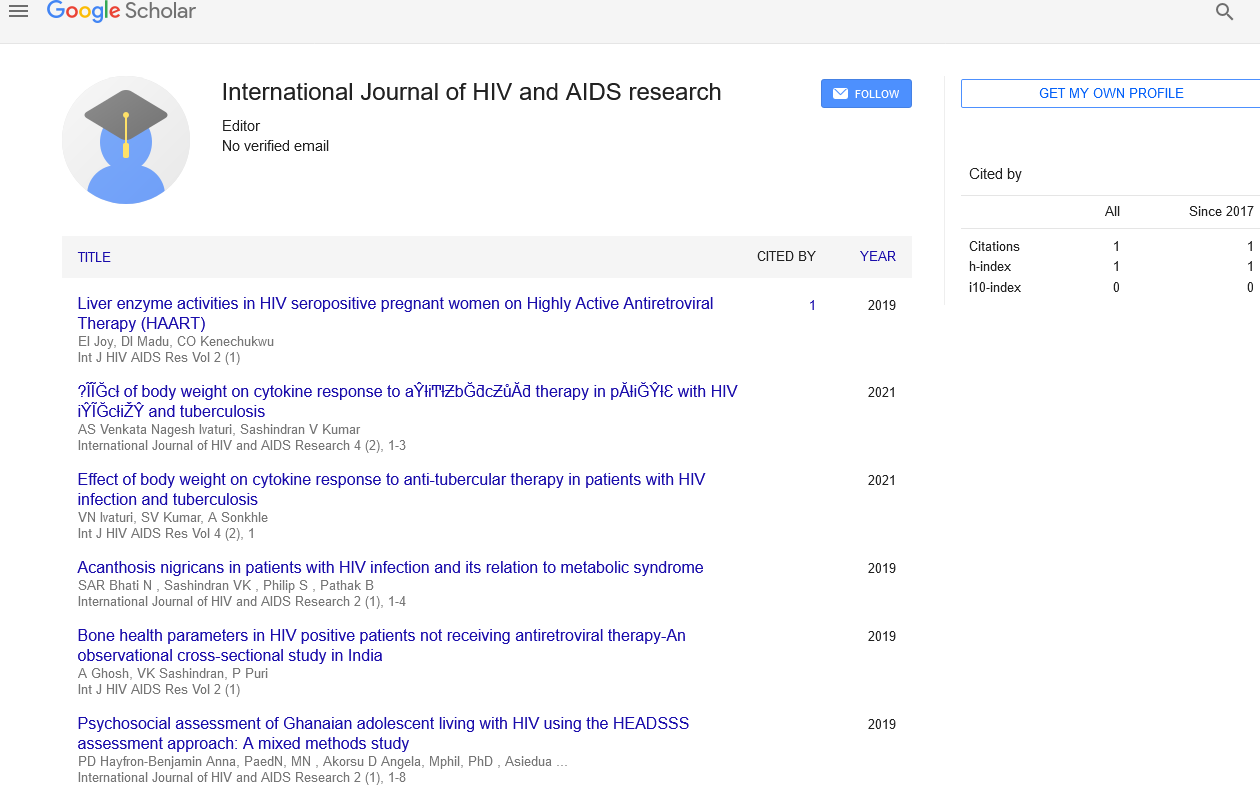From the perspective of the circular economy, the recovery of energy and nutrients from mycotoxin contaminated food products using biological treatments
Received: 20-Dec-2022, Manuscript No. PULAFSJ-22-5946; Editor assigned: 22-Dec-2022, Pre QC No. PULAFSJ-22-5946 (PQ); Reviewed: 05-Jan-2023 QC No. PULAFSJ-22-5946; Revised: 20-Mar-2023, Manuscript No. PULAFSJ-22-5946 (R); Published: 27-Mar-2023
Citation: Fufa N. From the perspective of the circular economy, the recovery of energy and nutrients from mycotoxin contaminated food products using biological treatments. Appl Food Sci 2023;7(1):1.
This open-access article is distributed under the terms of the Creative Commons Attribution Non-Commercial License (CC BY-NC) (http://creativecommons.org/licenses/by-nc/4.0/), which permits reuse, distribution and reproduction of the article, provided that the original work is properly cited and the reuse is restricted to noncommercial purposes. For commercial reuse, contact reprints@pulsus.com
Abstract
A well-known problem that is receiving attention these days due to an increase in contaminations that are also linked to climate change is the mycotoxin contamination of food goods. Finding effective and trustworthy methods for the decontamination and valorization of mycotoxin contaminated products becomes essential in this situation and while taking the principles of the circular economy into account. Composting and Anaerobic Digestion (AD) seem to be effective biological methods for destroying mycotoxins while also producing energy (biogas) and materials (nutrients from digestate and/or compost) that can be recovered. The current paper's objective was to conduct an organic review of the state of the art of mycotoxin contaminated food product energy and material recovery by biological therapies, highlighting results and research gaps. The contamination of the feedstocks had little to no effect on either of the processes under consideration, demonstrating that these substances had no impact on the stability of the processes. Due to the coexistence of microbiological and physical agents in AD and composting, mycotoxins were significantly eliminated. Before considering the large scale application of these processes, it became clear from the literature review that several issues needed to be resolved, including (i) A deeper understanding of the biochemical transformations of mycotoxins during the processes, (ii) An evaluation of the fate of mycotoxins residues and metabolites in soil once digestate/compost are applied, and (iii) An optimization of the integration of AD and composting in order to increase the environmental and economic benefits.
Keywords
Aflatoxins; Anaerobic digestion; Biogas; Composting; Decontamination; Waste management
Introduction
Recycling contaminated trash advances well liked ideas including waste free production, sustainability, and bio based Circular Economy (CE). The need to adhere to CE standards is growing due to the rising cost of energy and the scarcity of raw materials, and the possibility of recovering energy and materials from mycotoxin contaminated products appears to be an intriguing but understudied subject. The purpose of this review was to conduct an organic revision of the literature results pertaining to biological treatments (such as anaerobic digestion and composting) for the decontamination and value adding of mycotoxin contaminated food products. An overview of mycotoxins is followed by a description of the current state of the art in terms of regulation and mycotoxin contaminated food product disposal. Then, the literature that has been published on biological processes for recovering energy and materials from these wastes was analysed to identify findings, opportunities, and research gaps. The final section of the evaluation then goes into further detail about these as well as upcoming difficulties. The review primarily focuses on this class of toxins because aflatoxins are the most representative mycotoxins, although. Mycotoxins are secondary metabolites made by various fungi that have an impact on both human health and food safety. Low molecular weights are a characteristic of mycotoxins, which are frequently produced by fungal mycelia and aggregated in certain fungi structures like conidia and sclerotia. Mycotoxins, like the fungi that create them, have a number of harmful impacts on human health. While some mycotoxins are hazardous right away, others only become dangerous after repeated exposure (chronic toxicity). There are currently around 300 mycotoxins known. Only a select handful of them, such as aflatoxins, have had their potential to be harmful to human health evaluated (AFs). The majority of the very poisonous and cancer causing mycotoxins known as AFs are produced by the fungus Aspergillus spp.
Description
The four main AFs are known as B1, B2, G1, and G2 and are difuranocoumarin molecules (AFB1, AFB2, AFG1, and AFG2). The names are based on their relative mobility by thin layer chromatography on silica gel and their Blue (B) or Green (G) fluorescence under ultraviolet light. Aflatoxin M1 is a hydroxylated derivative of aflatoxin AFB1 that cows release into their milk. Following a serious poisoning known as "Turkey-X disease" that affected the UK's poultry industry in 1960, AFs were first identified. After ingesting tainted Brazilian peanuts, more than 100,000 turkeys perished. Aspergillus flavus was the major pathogen isolated from the peanuts. The investigation of hazardous mould metabolites was a "hot topic" in agriculture for a very long period. Since so many chemical researchers joined the hunt for mycotoxins during the 15 years between 1960 and 1975, hundreds of fungal metabolites with hazardous qualities were isolated, leading to what has been dubbed a "mycotoxin gold rush. Warm, dry, semiarid, and tropical environments are home to AF producing mushrooms, and climate change causes significant swings in their population.
Conclusion
The potential of anaerobic digestion and composting for the decontamination and valorization of these wastes was highlighted in this literature review on the recovery of energy and nutrients from mycotoxin contaminated food products using biological treatments. First, the contamination had no effect on the anaerobic or aerobic biological treatment, which led to efficient processes (i.e., high biogas outputs and high quality compost production). Second, varied mycotoxin removals are possible; these removals are mostly influenced by the operating parameters of the process and the mycotoxin type.





